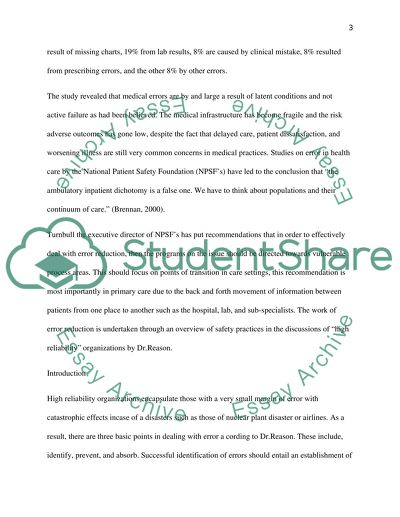Cite this document
(“MEDICATION ADMINISTRATION ERROR Essay Example | Topics and Well Written Essays - 4000 words”, n.d.)
MEDICATION ADMINISTRATION ERROR Essay Example | Topics and Well Written Essays - 4000 words. Retrieved from https://studentshare.org/nursing/1644122-medication-administration-error
MEDICATION ADMINISTRATION ERROR Essay Example | Topics and Well Written Essays - 4000 words. Retrieved from https://studentshare.org/nursing/1644122-medication-administration-error
(MEDICATION ADMINISTRATION ERROR Essay Example | Topics and Well Written Essays - 4000 Words)
MEDICATION ADMINISTRATION ERROR Essay Example | Topics and Well Written Essays - 4000 Words. https://studentshare.org/nursing/1644122-medication-administration-error.
MEDICATION ADMINISTRATION ERROR Essay Example | Topics and Well Written Essays - 4000 Words. https://studentshare.org/nursing/1644122-medication-administration-error.
“MEDICATION ADMINISTRATION ERROR Essay Example | Topics and Well Written Essays - 4000 Words”, n.d. https://studentshare.org/nursing/1644122-medication-administration-error.


